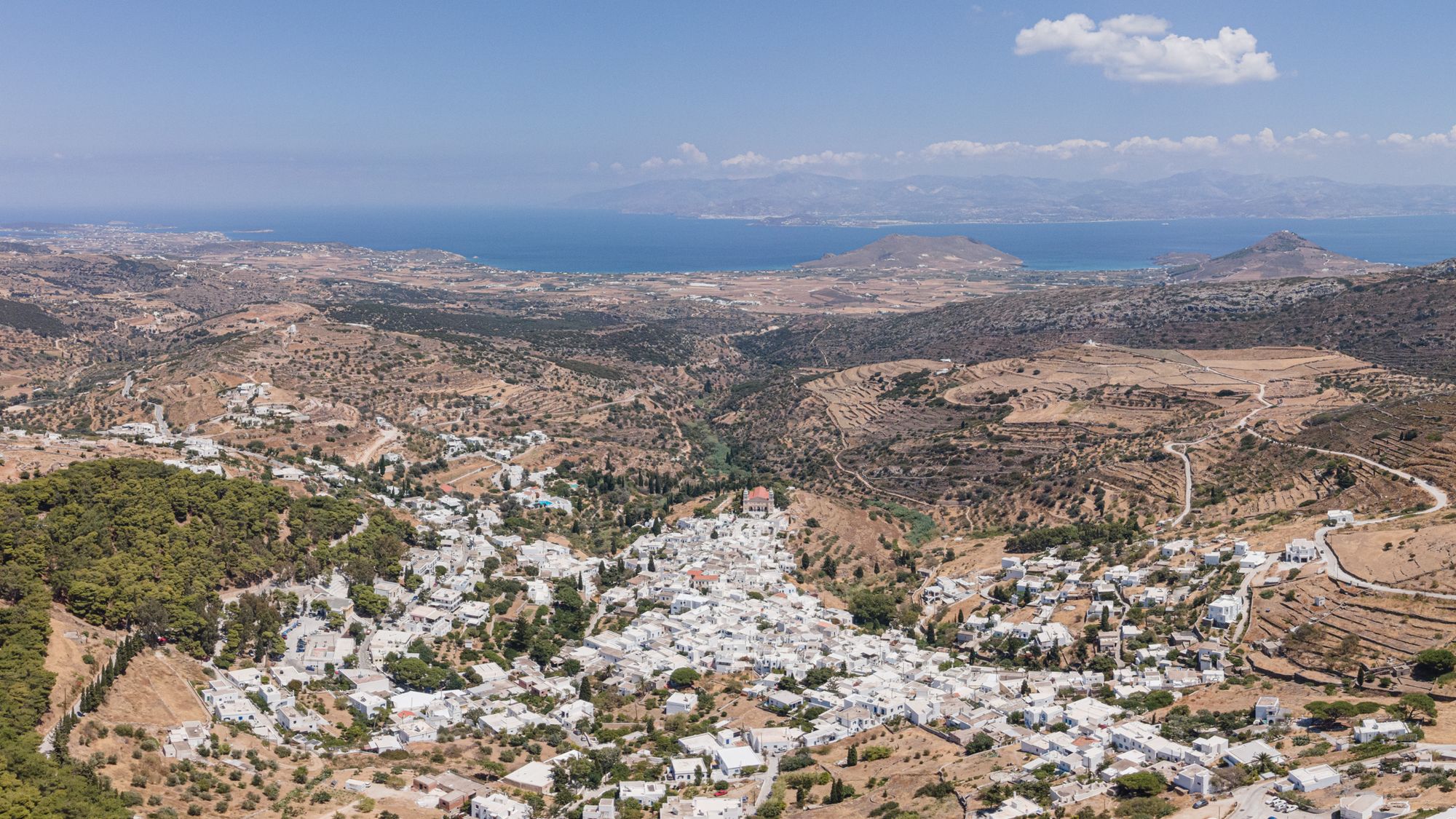At the Heart of the Cyclades: A Glimpse of Paros
In the heart of the Cyclades, Paros acts as a central hub for the surrounding islands. While every Cycladic island has its unique charm, Paros offers a unique blend of these diverse characteristics, creating a microcosm that reflects the various facets of its neighboring islands.
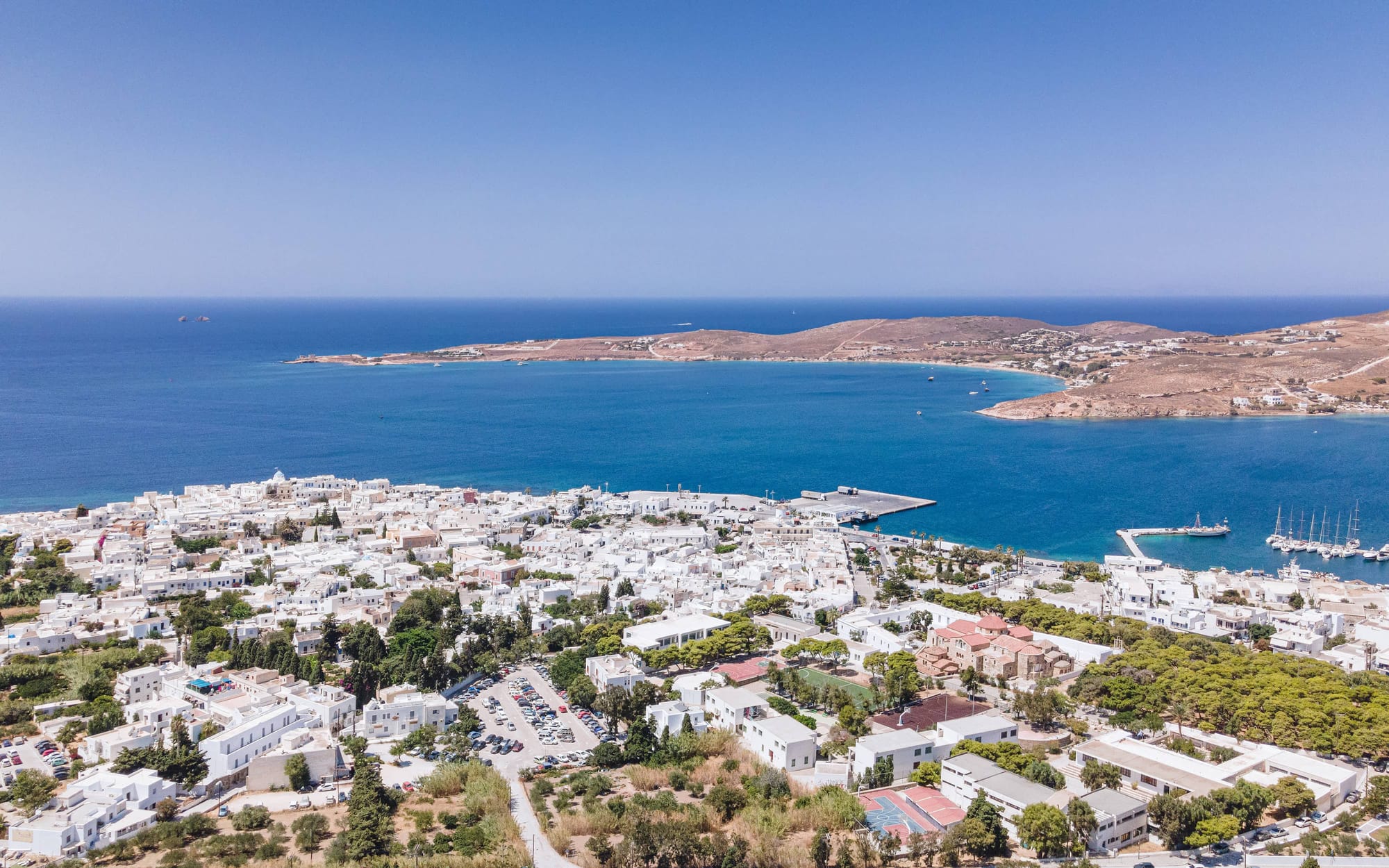
Surrounding the island of Delos, the most sacred of all islands in ancient Greek culture, the Cycladic islands form an impressive constellation in the Aegean Sea. 'Cyclades' derives from the Greek word 'kyklos,' meaning 'circle', as these islands form a circle around Delos, the birthplace of the god Apollo and his twin sister goddess Artemis. According to mythology, the islands were once nymphs who were turned into islands by Poseidon, the God of the sea, due to his anger towards them. Paros is central to this mythical arrangement, an island that reflects the distinct characteristics of the Cyclades.
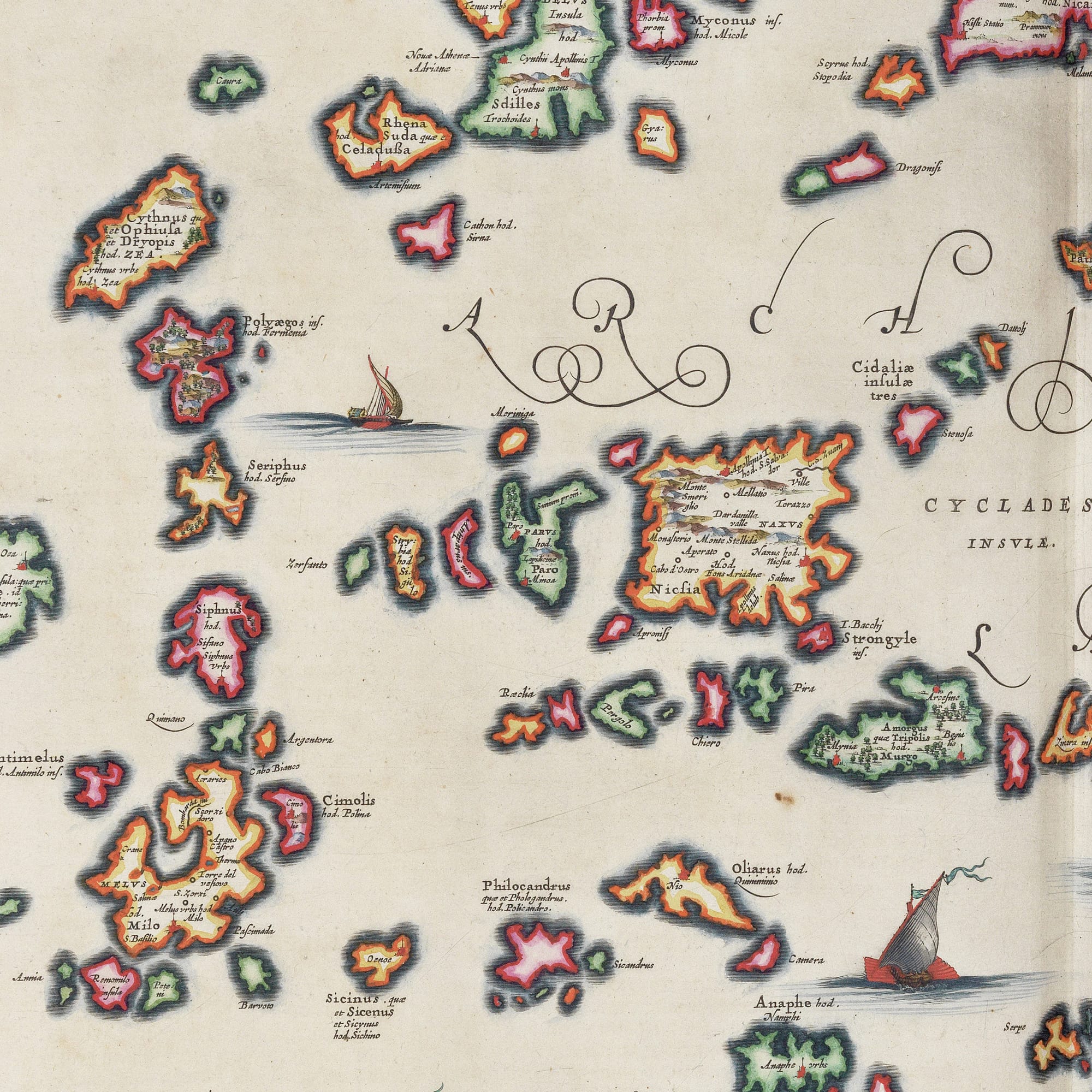
A Melting Pot of Cycladic Traits
Step onto Paros, and you'll find a remarkable blend where the distinct personalities of the other islands converge seamlessly. Paros is the third-largest and the fourth-most populated among the roughly 30 inhabited islands of the Cyclades and presents a gentle and welcoming terrain.
The central mountain range of Paros, Agii Pantes, rises to 724 meters, gradually sloping down into lush valleys, leading to hidden coves dotted with pebbles or broad sandy bays. This scenic landscape has been a magnet for an increasing number of expatriates since the 1960s, captivated by the island's unique ambience and simple yet fulfilling lifestyle.
Beginning in the mid-20th century, Paros emerged as a picturesque haven for artists and writers. It has recently become a sought-after destination for summer homeowners and retirees. The island continues attracting new waves of explorers and remote workers, fostering a diverse and vibrant cosmopolitan personality that sets it apart in the Aegean. As you explore Paros, you'll find that it's more than just a destination; it's a haven where each visitor can find their own slice of paradise.
A Journey Through the Island
Encompassing 120 km of coastline, Paros is well-served by an extensive bus network. Depending on the season, Parikia, the island's capital and primary port, operates frequent routes, with up to 25 departures daily to various destinations. Key destinations include the scenic fishing port of Naoussa, the popular beach resort of Drios, the ferry port of Pounta for trips to neighbouring Antiparos, and the picturesque villages of Lefkes, Kostos, and Marpissa. Additionally, the quaint fishing port of Aliki is conveniently located near the local airport, further enhancing the island's accessibility and charm.
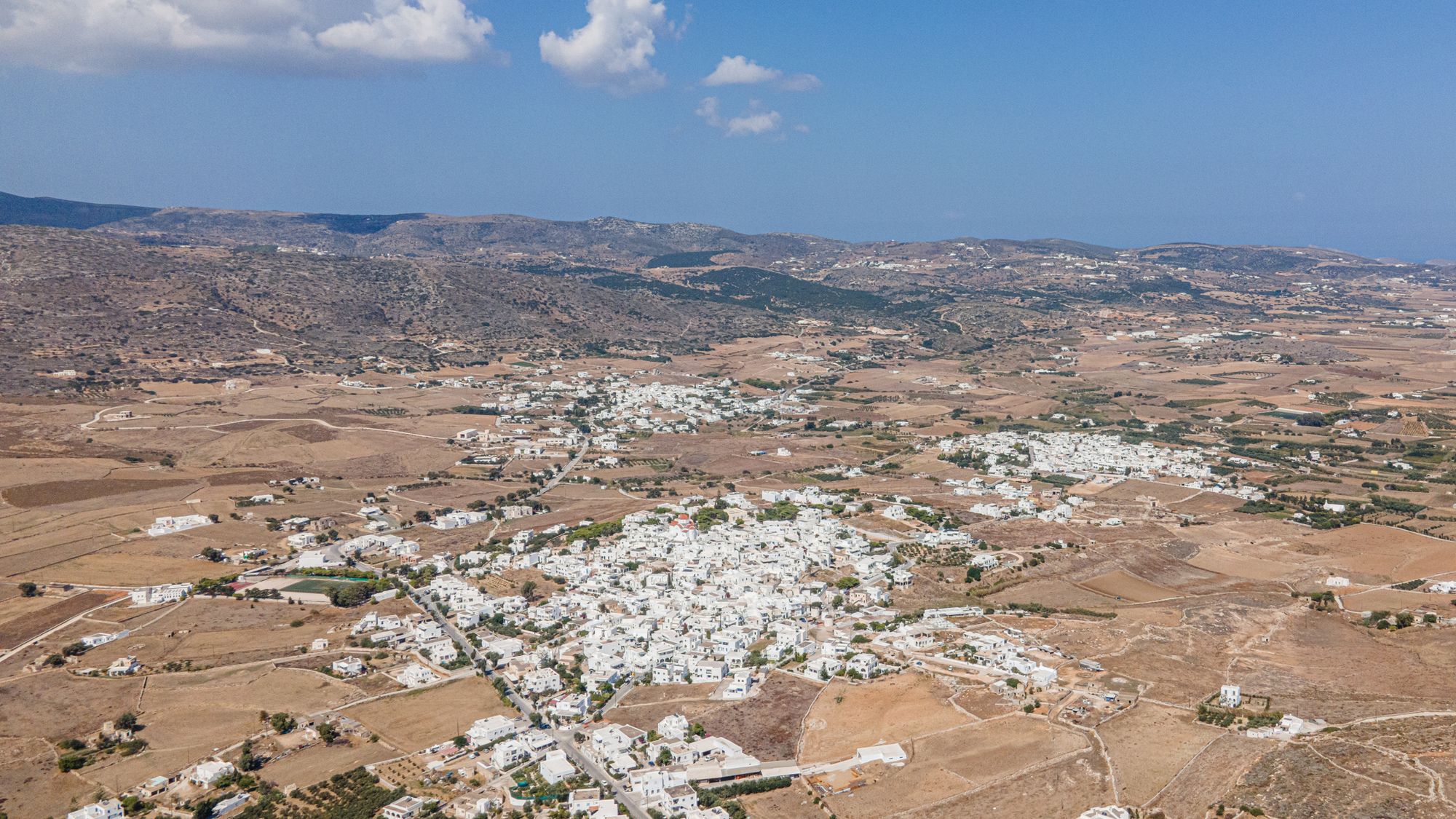
A Delicate Balance
Paros stands at the crossroads of real estate development and its enduring agricultural heritage. Unlike the often barren landscapes typical of the Cyclades, this island boasts a lush, green environment with a flourishing rural backdrop. However, this idyllic setting is currently at risk due to the overdevelopment of holiday villas and apartment complexes. Responsible visitors should be aware of this exploitation and aim to support small, family-run accommodations over large holiday apartment complexes.
Despite the recent surge in residential development in the idyllic southern and eastern parts of Paros, agriculture remains resilient. The area still produces wheat, barley, melons, oranges, lemons, olives, figs, pomegranates, and almonds. With a sufficient water supply, Paros also cultivates tomatoes, eggplants, cucumbers, and, of course, grapes. Using red Mantilaria and white Monemvasia grapes, local producers still yield several hundred thousand litres of wine annually for personal use and the island's six wineries.
The Creative Essence of Paros
A multitude of creative souls, from writers and painters to sculptors, musicians, and poets, regard Paros as the very heart of the Cyclades' artistic pulse. Rather than succumbing to a manufactured aesthetic, the island embraces a genuine, distinctive atmosphere that continues to captivate and inspire. It is a place where urban development and agriculture still can coexist harmoniously, creating a unique charm that blends tradition with modernity. However, it is vital that this delicate balance is safeguarded through an urgent commitment to sustainability on this treasured island. We can maintain this balance with steadfast dedication to ensure a bright future.
Parikia: The Heartbeat of Paros
In Parikia, the vibrant capital and primary port, the air is alive with activity. Wandering through the immaculate whitewashed alleys, one finds respite beneath the Kastro in the forecourt of Agios Konstantinos chapel or indulges in the gastronomic delights of seafront tavernas. Not far from the harbour stands the awe-inspiring Ekatontapyliani Cathedral, a Byzantine treasure harking back to the 7th century, reminiscent of Agia Sophia's grandeur. As dusk settles, locals and visitors alike saunter along the kilometre-long promenade, enticed by the inviting tavernas, cafés, and bars that line the shore. In Paros, the warmth of the people is matched only by the openness of the island itself.
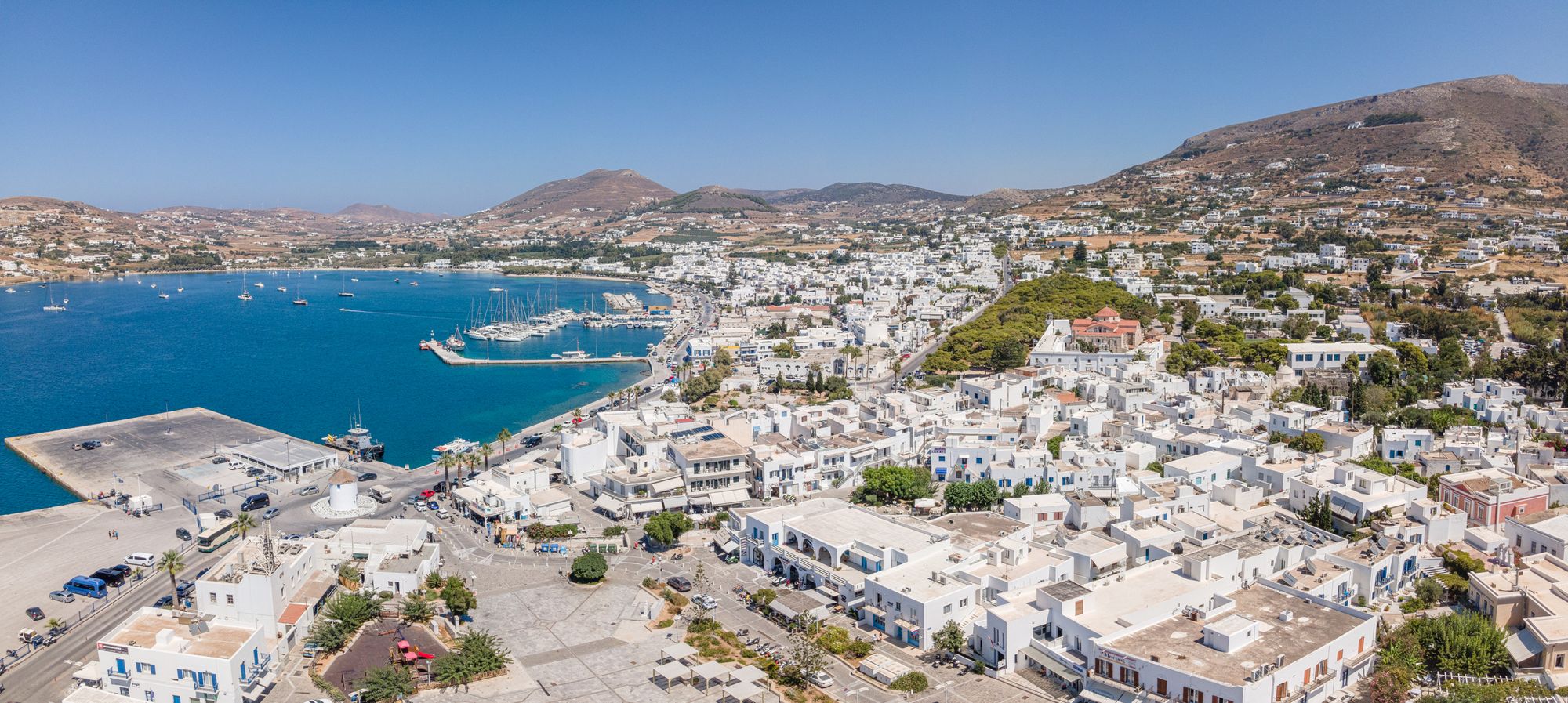
Naoussa: Tradition Meets Modernity
One of the most popular destinations in Paros is Naoussa, a fishing village that has transformed into a fashionable hotspot over the last few decades. Once a quiet haven, it now bustles with activity, especially during the high season, attracting visitors with its blend of traditional charm and modern allure. The village's waterfront, with its array of chic cafes and sophisticated restaurants, becomes a lively centre of activity. However, this surge in popularity brings with it concerns; Naoussa faces the challenge of maintaining its authentic charm amidst the growing crowds and commercialization. While the cobbled streets and quaint architecture still whisper tales of its humble beginnings, there's a growing fear that the village may lose its unique character under the weight of its newfound fame.

A Natural Escape
Paros Park, situated across Naoussa Bay on the Agios Yannis Detis peninsula, offers visitors a chance to immerse themselves in an authentic natural landscape. This unexpected haven is home to unique rock formations carved by the north wind, hidden caves and coves, vibrant wildflowers, and sandy beaches. The "Festival at the Park" is a summer event featuring cultural, sports, and environmental activities within the park's grounds.
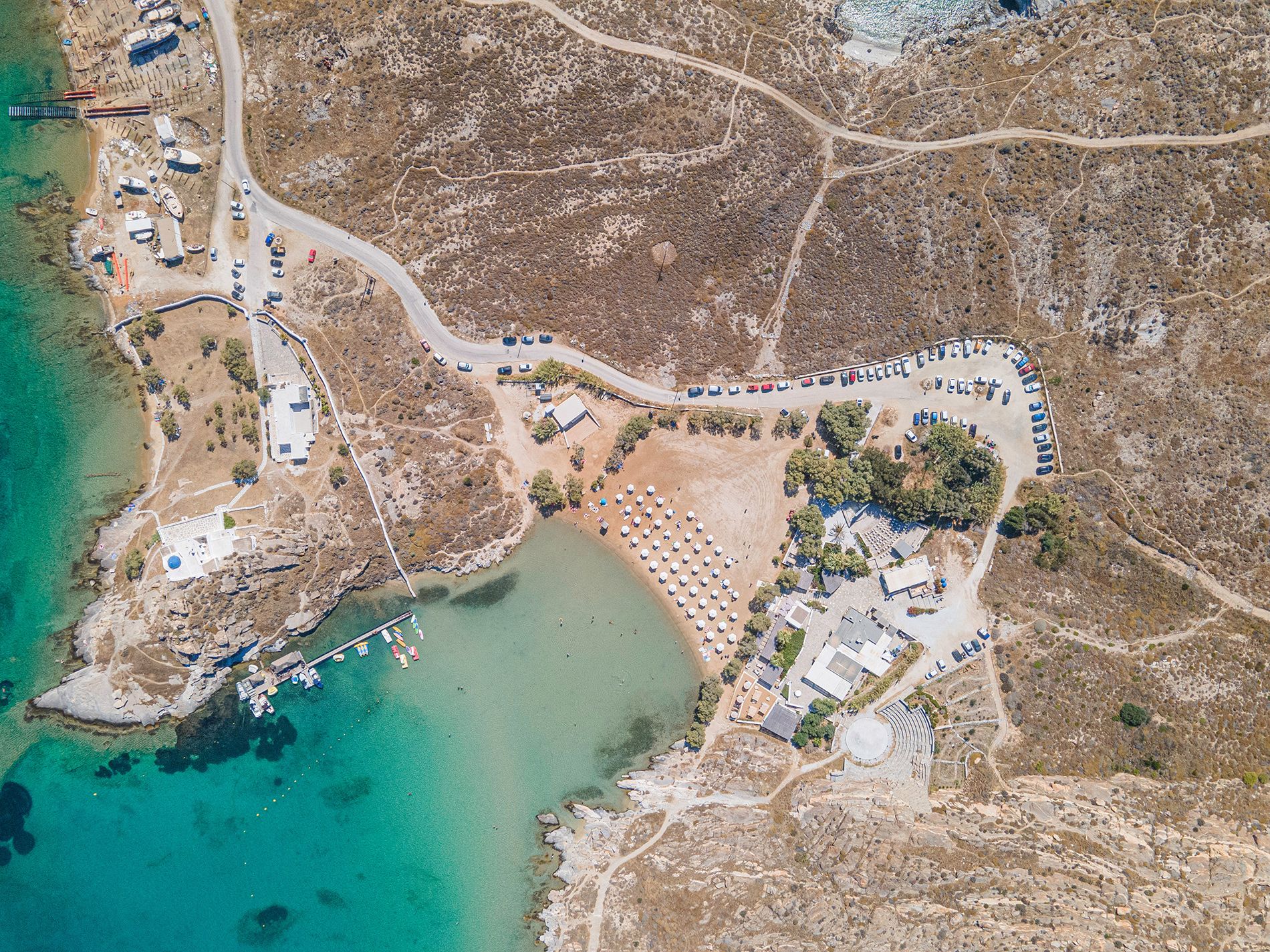
Adventure and Tradition
The wind and kite surfing centres, held in high regard by enthusiasts, transform the 700-meter-long Golden Beach on the island's eastern coast into a veritable playground for amateurs and professionals when winds reach four Beaufort or beyond, the skies filled with kites and sails as numerous championships unfold. Nestled behind this bay, the ethereal white village of Marpissa reveals itself beneath Kefalos mountain. From this idyllic place, a two-kilometre Byzantine trail meanders upward, leading to the blossoming mountain village of Lefkes.
